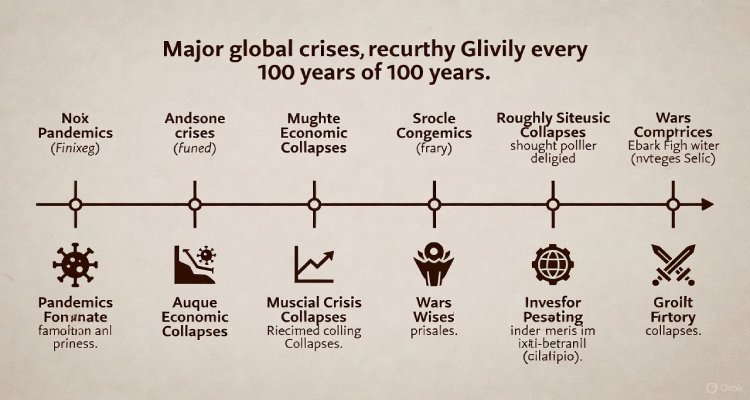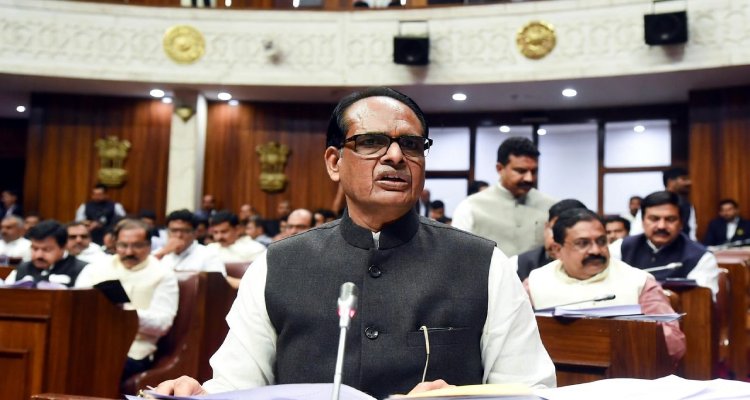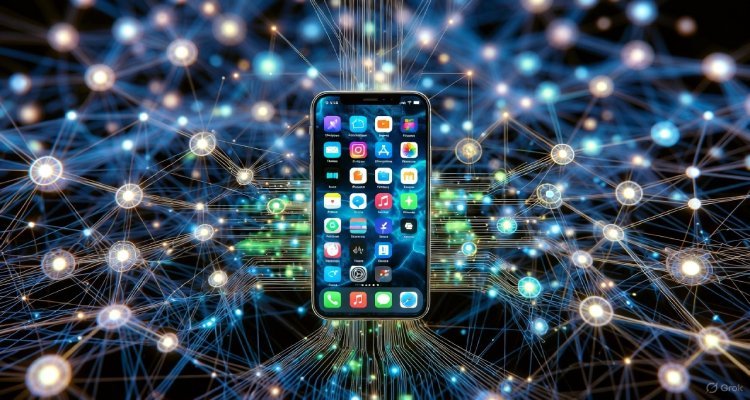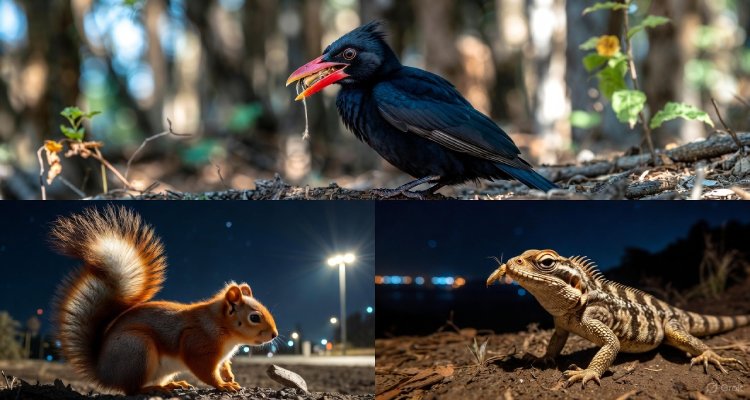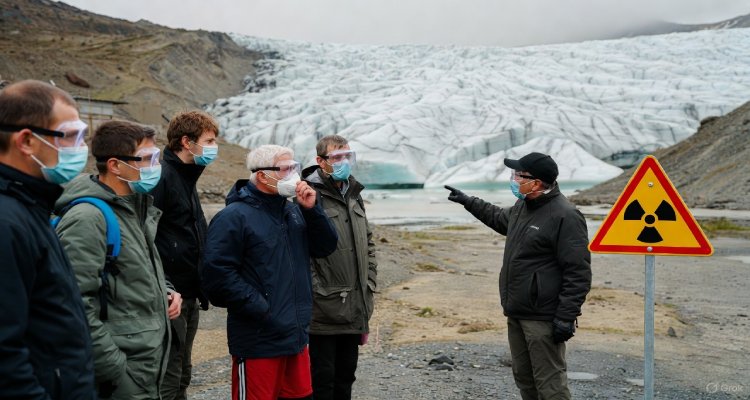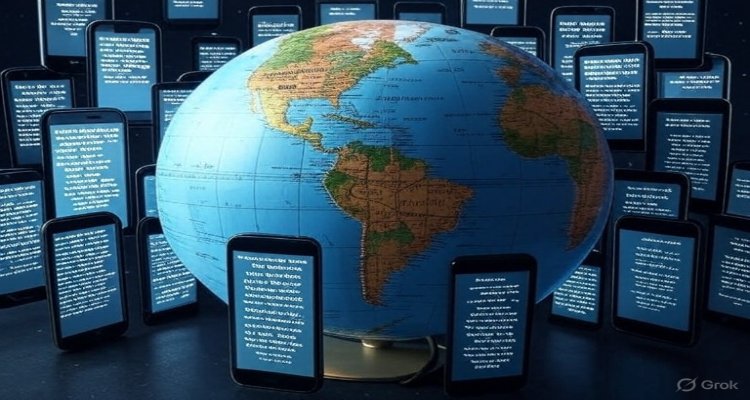Lost Languages, Found Again Through Social Media
Endangered languages are finding revival through social media, as global communities use TikTok, Instagram, and hashtags to keep heritage alive.
Introduction
On platforms designed for fleeting posts, viral dances, and global memes, something unexpected is happening: endangered languages are being reborn. From rare Siberian dialects to forgotten tribal tongues in South America, communities are rediscovering their voices online. What once was fading into silence is now finding resonance through hashtags, TikTok reels, and digital classrooms.
Context & Background
For centuries, linguistic diversity thrived in villages, forests, and oral traditions. But with modernization, colonization, and globalization, countless languages disappeared. UNESCO estimates that nearly half of the world’s 7,000 spoken languages are endangered, with one going silent every two weeks.
In the past, preservation meant dusty academic archives, audio recordings, or community-led workshops. While valuable, these efforts often struggled to capture the vibrancy of real, everyday use. Enter social media — a medium once dismissed as superficial, now serving as a lifeline for culturally rich but fragile tongues.
Main Developments
Platforms like TikTok, Instagram, and YouTube have become unexpected havens for language revival. Native speakers and heritage learners are using short-form videos to teach words, share jokes, and narrate legends in their ancestral languages.
-
TikTok’s Language Revival Movement: Young creators now post dance videos with captions in Māori, Navajo, or Gaelic, giving visibility to tongues rarely heard in global media.
-
Instagram’s Cultural Hashtags: Indigenous communities rally around hashtags such as #SpeakLakota or #QuechuaPride, connecting scattered populations across continents.
-
Digital Archives Made Popular: Instead of hidden PDFs, living word banks are now crowdsourced in Twitter threads and Discord communities, making learning collaborative and lively.
These developments matter because digital culture amplifies what is shared. A phrase or proverb that might have once been forgotten outside a village circle now reaches thousands—sometimes millions—within hours.
Expert Insight & Public Reaction
Linguists see this as both revolutionary and practical. Dr. Elena Márquez, a sociolinguist at the University of Barcelona, explains:
“Social media brings language out of museums and back into daily conversations. It transforms preservation into participation.”
Activists agree. For communities long denied cultural recognition, posting in their native language is an act of empowerment. Younger learners often describe social media as a “safe, fun space” to practice without the pressure of formal classrooms.
Even ordinary users find joy in discovery. One viral comment under a TikTok video teaching the Hawaiian word aloha read: “I’ve said this word my whole life without realizing its depth. Thank you for showing me.”
Impact & Implications
The implications are enormous. Revived languages strengthen cultural identity, protect intangible heritage, and give younger generations a sense of pride. In some cases, online language communities influence real-world policy. For instance, Māori language content going viral prompted New Zealand broadcasters to expand bilingual programming.
At the same time, challenges remain. Algorithms favor global mainstream content, so niche language revival can get buried. Also, online teaching cannot replace fluent intergenerational use within families, which remains key for survival. Nonetheless, the momentum is undeniable: social media offers visibility, accessibility, and an immediacy unmatched by past preservation strategies.
Conclusion
The voices once considered silenced are finding new life, not in classrooms or archives alone, but in the buzzing streams of social media timelines. From hashtags to viral challenges, endangered languages are proving resilient, woven into the digital age instead of erased by it. In reviving these tongues, communities are not just keeping words alive — they are reclaiming identity, history, and pride.
The next time a TikTok in a language you don’t recognize crosses your feed, it might not just be entertainment — it could be a culture finding its voice again.
Disclaimer : This article is for informational and educational purposes only. It is based on research, expert opinions, and cultural observations. It should not be considered academic or official linguistic advice.



